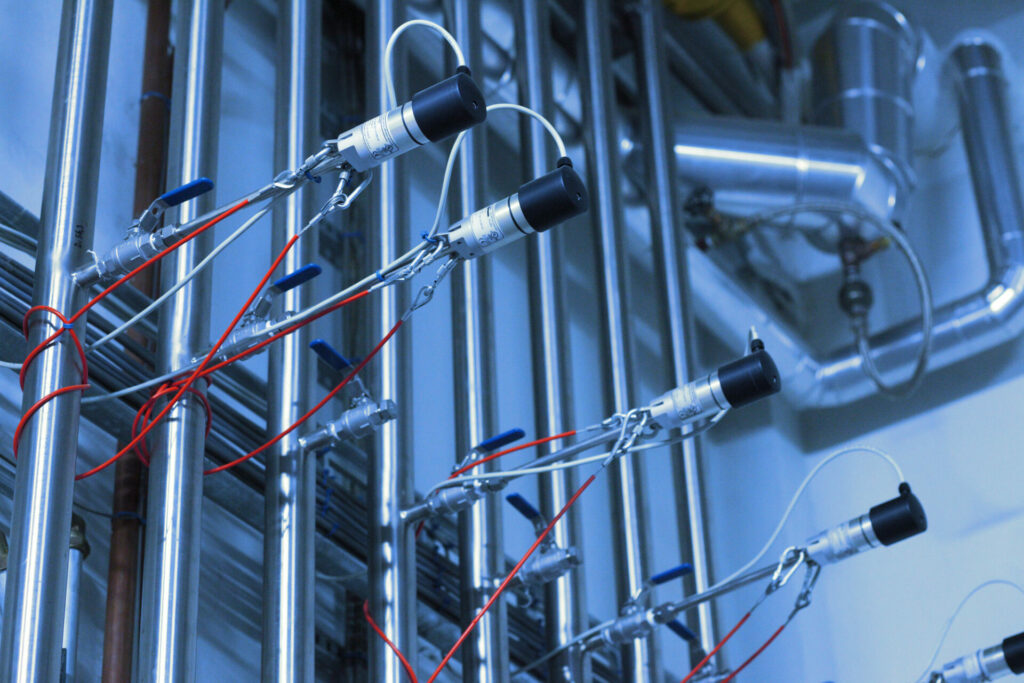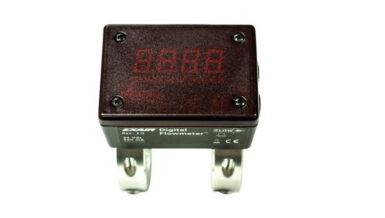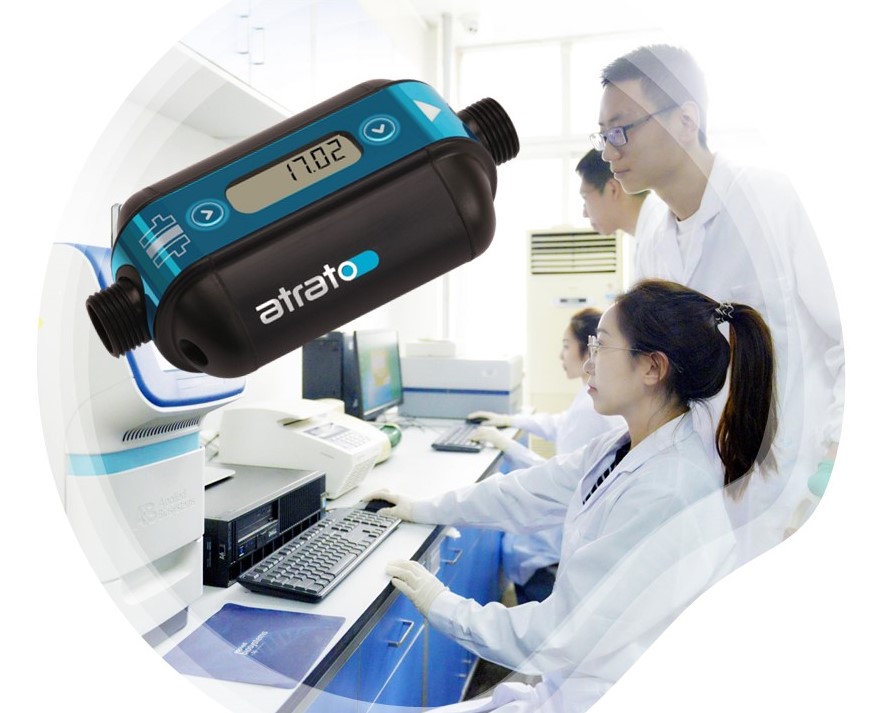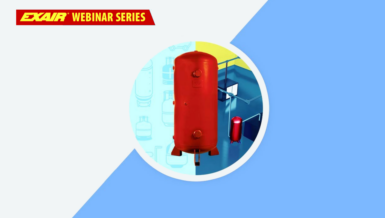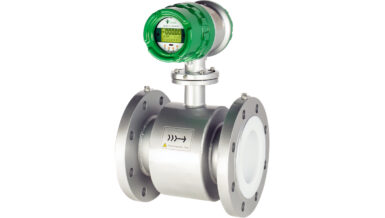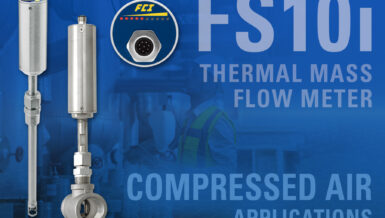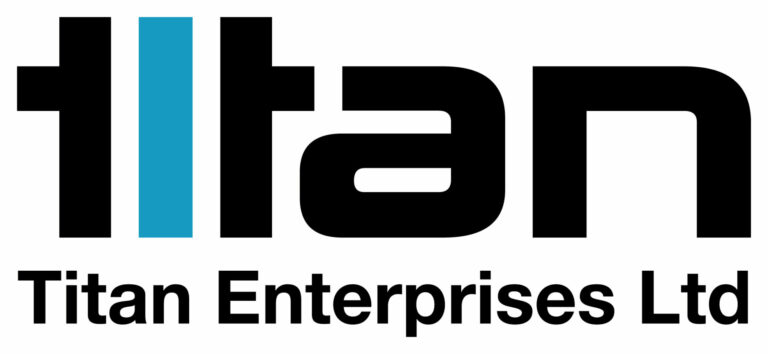It is essential to the production process of many factories, whether they are in glass production, food & beverage manufacturing, or textile. Even so, not all companies are fully aware of the efficiency of their compressed air system.
Meanwhile, this topic is becoming increasingly relevant, for example in the light of international climate agreements and local legislation (European Energy Directive). So, it is certainly worthwhile to take a closer look at your compressed air system. But how exactly does one define compressed air efficiency? And what are some ways for your factory to measure and consequently improve the efficiency? Find out in this article everything you need to know.
What is compressed air efficiency exactly?
Efficiency can be defined as “the ratio between the use of energy/resources/input and the desired output”. In most compressed air systems this comes down to flow output (at a given pressure) related to electricity (or fuel), the input required for generation and conditioning of the compressed air. Like with your car, the better the efficiency is, the lower the costs you need to spend on running your compressed air system. And the more “miles you are driving”, the more fuel you are wasting. So, the bigger your compressed air system, and the more hours it runs per year, the more impact it will have on your annual energy bill.
Why compressed air efficiency gets more important every day
In many countries, local government has come to a realization that the efficiency of a compressed air facility should be monitored permanently and bound to certain minimum target values. For example, in California, Title 24 requires the efficiency to be within certain limits. This also applies to compressed air systems in Europe and other countries in the world. Running an inefficient compressed air system results in unnecessary, unwanted energy loss. The potential energy savings are very substantial. In some cases, a compressed air system efficiency can be optimized with a factor of 2, resulting in 50% energy savings.
Monitoring your efficiency
There is not just one way to monitor compressed air efficiency. Before you start, it is important to define which efficiency you wish to monitor. For example, it is possible to monitor each individual compressor or to monitor the complete system consisting of several compressors all together. You can widen the scope even further and monitor the entire plant from the supply to the demand side. Or even monitor multiple plants altogether. This opens the possibilities for benchmarking similar plants within a group of companies.
Typically, a basic efficiency monitoring system consists of power meters (kWh meters) at the compressor’s electricity supply, and at least one flow meter at the output of all compressors, to be placed after the air treatment equipment. The monitoring software takes care of the required calculations and outputs one or more KPI’s which you can compare with similar systems. VPVision is such monitoring software.
Is your efficiency good or bad?
To determine how good or how bad your compressed air system is, you need to be able to compare it with something. There are various ways to compare, or benchmark your system:
- Similar compressor types/ configurations
- Industry best practices
- Benchmark over time (compare performance in similar periods)
- Compare similar factories, for example the amount of air needed to produce product X
Ways to increase your compressed air efficiency
Gaining insight into the efficiency of a compressed air system is your first step to improvement. Start with measuring kW input (or amperes) and the overall flow output. This provides you a good starting point. Check the type of compressor. Is it a screw compressor, a centrifugal compressor, or a piston? Each type has its own typical efficiency “bandwidth”. Consult an expert auditor on compressed air to select the right type, or the right combination of types to match your demand profile.
Examples on how to improve efficiency of your compressed air system:
- Above all, look at your demand side first for any inefficiencies. Lowering overall consumption, improves efficiency immediately.
- Reduce idle consumption of production machines
- Apply zero loss drains, and make sure they are well maintained
- Avoid use of compressed air for desiccant dryer regeneration
- Make sure that centrifugal compressors’ blow off is reduced to zero
- Fix leakages
- Size the compressors properly, to match the demand profile
- When combining multiple compressors, invest in a master controller
- Reduce the amount of “unload” running hours



